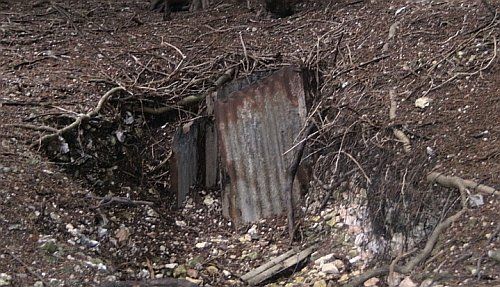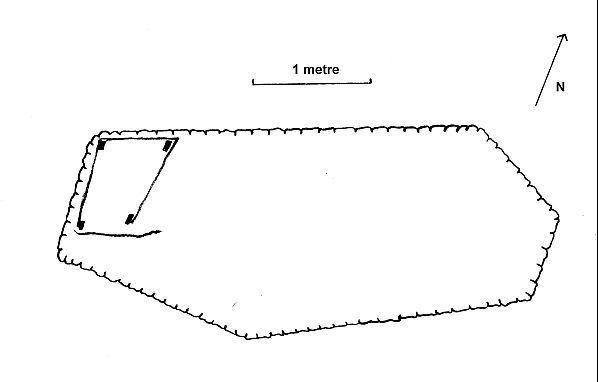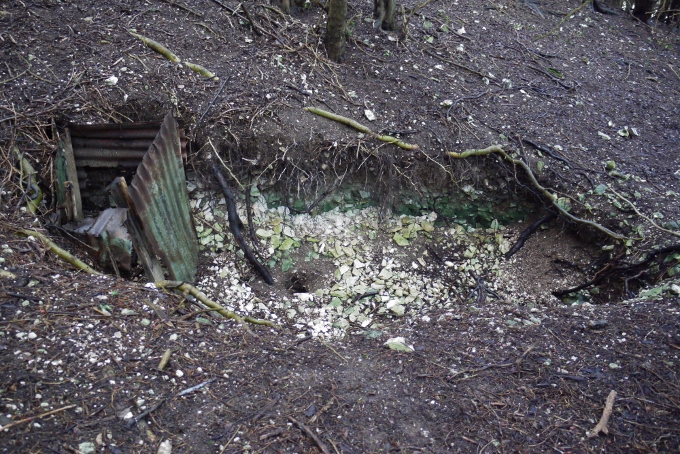West Stoke is the gateway to Kingley Vale National Nature Reserve, a beautiful, important and unusual part of the South Downs.
| Name | Occupation | Posted from | Until |
|---|---|---|---|
| Sergeant Arthur Goodger | Farmer |
05 Jul 1940 | 03 Dec 1944 |
| Private William George Donald Cox | Farm assistant |
19 Jun 1940 | 03 Dec 1944 |
| Private Ernest Edwin Everest | Baker & roundsman |
01 Aug 1940 | 03 Dec 1944 |
| Private Charles Goodger | Agricultural engineer |
14 Jun 1940 | 03 Dec 1944 |
| Private Arthur Hamilton Hadland | Farm worker & huntsman |
27 Jun 1940 | 03 Dec 1944 |
| Private John Painter Heaver | Poultry & dairy farmer & mill owner |
30 Oct 1941 | 03 Dec 1944 |
| Private Henry Lawrence Ireland | Dairy & general farmer |
09 Jun 1940 | 03 Dec 1944 |
| Private Henry Parmiter Lock | Agricultural transport contractor |
19 Sep 1942 | 03 Dec 1944 |
| Private Robert Stanley Mason | Farmer |
03 Apr 1941 | 03 Dec 1944 |
| Private Ronald Owen Murray | Dental Surgeon |
08 Jun 1942 | 03 Dec 1944 |
| Private Arthur Smith | Farm tractor driver & Sub Postmaster |
30 Jun 1942 | 03 Dec 1944 |
| Private John Edwin Styles | Common keeper |
09 Jul 1940 | 03 Dec 1944 |
| Private Christopher Yaldren Vickery | Dairy & general farmer |
30 Jun 1942 | 03 Dec 1944 |
| Private Raymond Harry Wingate | Farm carter & general labourer |
20 Jul 1940 | 1943 |
The OB was built in Kingley Vale, an isolated ancient Yew tree plantation set in a natural horse shoe shaped valley, facing south eastwards.
The Patrol's Observational Post is sited adjacent to a bridleway that gains access to top of Kingley Vale. This would have been a great vantage point to monitor German movements around the area. It measured 6 feet by 4 feet and was constructed with corrugated iron and wood. Entrance was gained by lifting a branch attached to the two foot square hatch which had a counterbalance weight to assist the process. The OP was known to have a telephone link to the Patrol's OB sited in the bottom of the valley.
An additional underground store was positioned within the valley for extra food and ammunition.
In 2015-16 the 'Secrets of High Woods Project' (page 24-29) located the OP, OB and two possible ammunition stores in the area.
The OB featured in our contribution to 2020 Festival of Archaeology
West Stoke Patrol
Auxilier Alan Heaver (from Goodwood Patrol) remembered doing a great deal of training with the neighbouring West Stoke Patrol of which his other brother, Jack, was a member. On one such night-time training exercise, the two Patrols had to simulate laying an explosive charge on a guarded anti-aircraft gun at Temple Bar, about one mile north of Tangmere airfield. The guards around the 'Ack-Ack' gun had been warned that an attack might be attempted some time that night, and not to fire live ammunition at the attackers.
The two Patrols met up at Shopwyke, about two miles away from the target site. Alan Heaver was teamed up with Stanley Mason, the West Stoke Patrol Leader. As they made their way towards Temple Bar, Alan Heaver, being the younger man, started to pull away from Stanley Mason and reached the target site first. He entered the perimeter of the site, got right up to the gun, chalked a swastika on it and escaped the same way without detection. He had completed the exercise long before the other men arrived. Unsure what to do with the remaining time; he decided to have another go and chalk a second swastika on the gun. This was a bad move; he was caught, as were all the others eventually.
All the men were taken to see an army officer at Halnaker Windmill. The officer consoled the men on their failed attack, at which Alan Heaver said he had managed to mark the gun and was only caught on his second attempt. The officer, most put out, demanded to be shown the swastika and drove Alan Heaver back to the site to see for himself.
The name of this Patrol is confirmed by two stand down letters set to John Styles.
TNA reference WO199/3391
Hancock data held at B.R.A
Stewart Angell – Fieldwork within Kingley Vale and personal interview with Bob Mason, Stanley Mason’s son,
'The Secret Sussex Resistance' by Stewart Angell
South Downs National Park Project.


